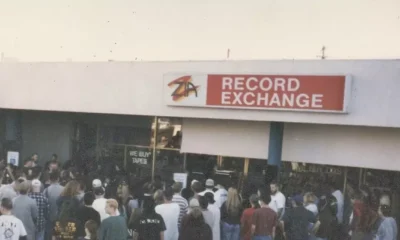aerospace
Soviet-Era Spacecraft Kosmos 482 Plummets to Earth 53 Years After Liftoff

Launched in 1972, the Soviet spacecraft Kosmos 482 reentered Earth’s atmosphere on Saturday, more than 50 years after its mission to Venus failed.
Authorities from the European Union Space Surveillance and Tracking reported that the spacecraft’s uncontrolled reentry was confirmed through orbit analysis showing no trace of it. The European Space Agency’s space debris office noted it disappeared from radar at a German station.
The exact location of its descent remains unknown, and questions linger about whether any fragments survived the intense heat of reentry. Experts had warned that significant portions could reach the surface, as the craft was designed to endure extreme conditions on Venus.
Despite public concern, scientists reassured that the likelihood of injury from falling debris was minimal.
Kosmos 482 was intended for Venus exploration but fell victim to a rocket failure shortly after launch. Over the years, the bulk of the spacecraft re-entered the atmosphere, but the spherical lander, approximately 3 feet across and encased in titanium, remained in orbit until recently.
The U.S. Space Command has been tracking the reentry and has yet to confirm the spacecraft’s final fate as it processes data from the incident.
Typically, the U.S. Space Command monitors numerous reentries monthly, but Kosmos 482 drew particular attention due to its potential to survive reentry and lack of control during descent. This scenario limited intervention options, leaving vast ocean areas as the usual target for debris disposal.
As of now, investigations continue into the trajectory and remnants of Kosmos 482, emphasizing the ongoing challenges posed by space debris.













![Members of the Arizona House of Representatives vote during a third reading of nearly three dozen bills at the Arizona State Capitol on March 4, 2025. [Monica D. Spencer]](https://arizonanews.org/wp-content/uploads/2025/06/SR-347-Secures-53M-in-Third-State-Budget-Draft-Awaiting-80x80.jpg)




